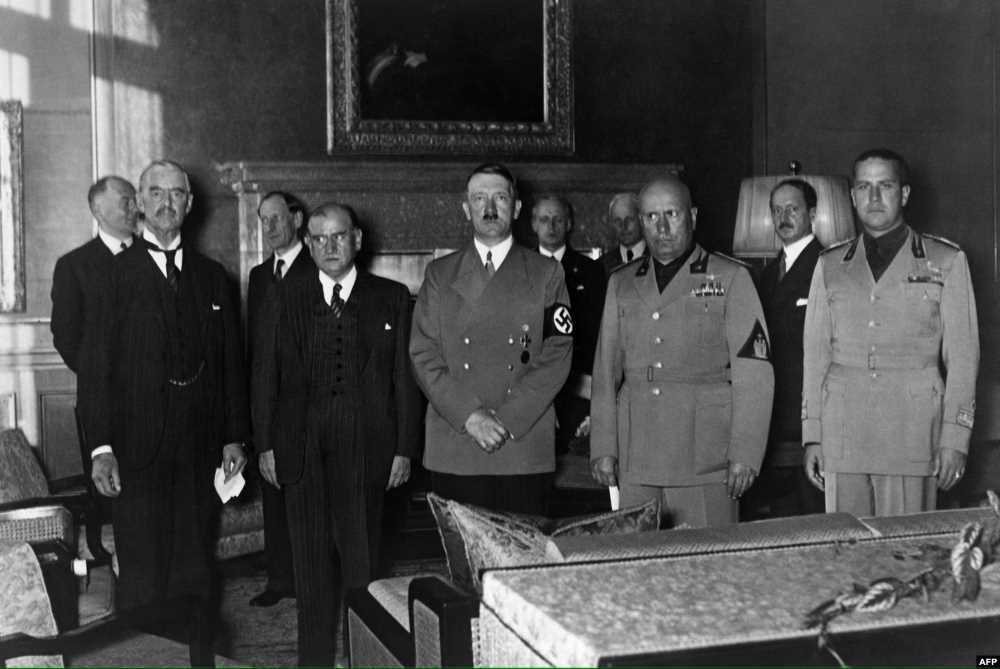The Creation of the Cordon Sanitaire in Eastern Europe
The unraveling of Western policy: Explore the creation and collapse of the cordon sanitaire in Eastern Europe, appeasement of fascism, and the fateful decisions that shaped the course of history. A cautionary tale of alliances, fears, and the consequences of appeasement.

By the end of 1920, a significant shift in Eastern Europe's political landscape had occurred. While the Bolsheviks emerged victorious in their struggle against counterrevolutionary forces, the aftermath of the Paris Peace Conference resulted in the creation of several independent countries in the region. Finland, Estonia, Lithuania, Latvia, Poland, and Czechoslovakia now stood as sovereign entities, providing state structures to nations that had long been subject to the rule of the Russian, German, and Austro-Hungarian Empires.
Ostensibly, the establishment of these states aimed to grant autonomy and sovereignty to previously oppressed nations. However, there existed a clear secondary motive behind their formation: the creation of a cordon sanitaire comprised of non-communist states. This buffer zone was strategically designed to isolate Soviet Russia from the Western powers and foster economic and military dependence on Great Britain and France.




